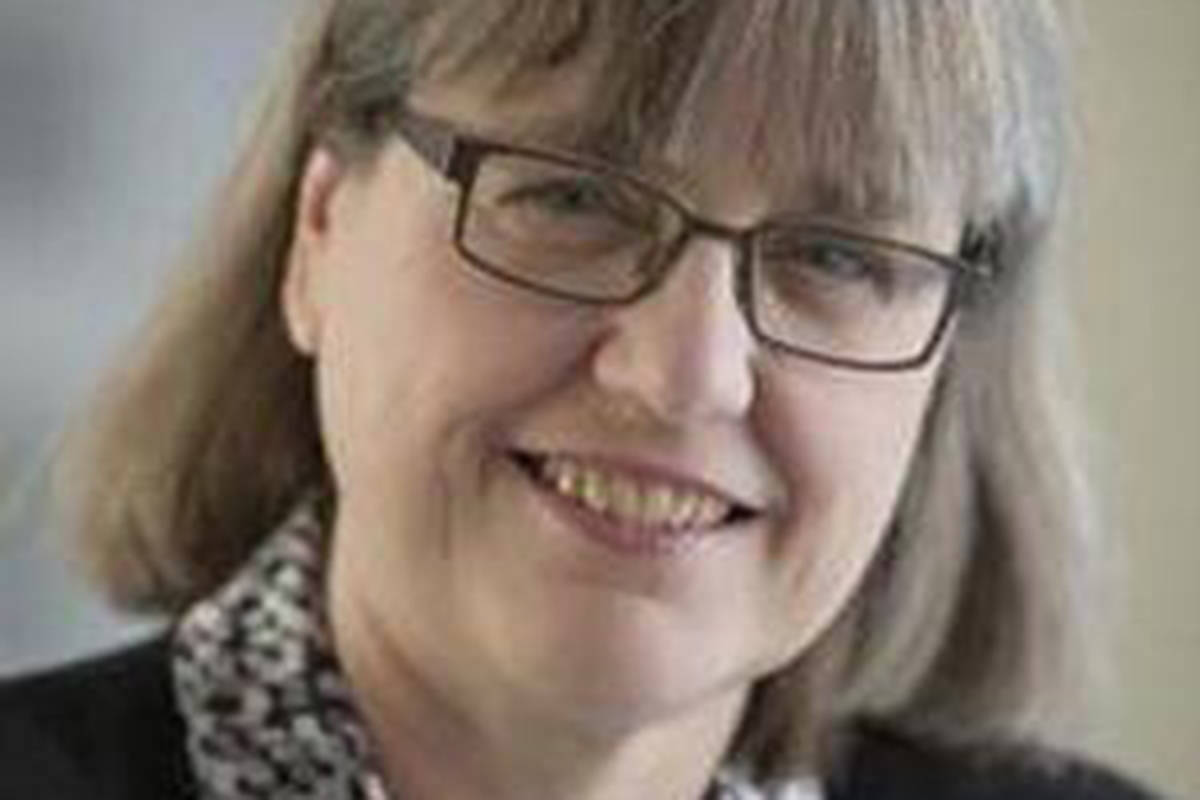A Canadian scientist who became only the third woman to win the Nobel Prize for Physics said her personal triumph doubles as a sign of progress for her male-dominated industry.
Donna Strickland, associate professor at Ontario’s University of Waterloo, was honoured on Tuesday for being half of the team to discover Chirped Pulse Amplification, a technique that underpins today’s short-pulse, high-intensity lasers.
The 59-year-old Guelph, Ont., native made the discovery while completing her PhD at the University of Rochester in New York and will share half of the US$1.01-million prize with her doctoral adviser, French physicist Gerard Mourou. Arthur Ashkin of the United States was the third winner of the 2018 physics prize.
Strickland’s victory not only cemented her own place in Nobel history, but ended a 55-year-long drought for female physicists being recognized by the prize committee. She joins the ranks of Marie Curie, the first woman to claim the honour in 1903, and 1963 winner Maria Goeppert-Mayer.
Strickland said reflecting on Goeppert-Mayer’s career shows how far the scientific field has come in terms of gender parity despite the fact that women still make up only a quarter of attendees at major conferences.
Goeppert-Mayer, whose work was cited in Strickland’s own award-winning efforts, went largely unpaid throughout her career.
READ MORE: Canadian female physicist wins Nobel Prize
“It’s true that a woman hasn’t been given the Nobel Prize since then, but I think things are better for women than they have been,” Strickland told the Canadian Press in an interview. ”We should never lose the fact that we are moving forward. We are always marching forward.”
Sweden’s Royal Academy of Sciences, which chose the winners, described Strickland and Mourou’s work as “revolutionary.”
The Chirped Pulse Amplification Technique, first laid out in a 1985 article, was described by the academy as “generating high-intensity, ultra-short optical pulses,” which have become a critical part of corrective eye surgeries amongst other uses.
Strickland said she and Mourou were well aware that they were onto something in 1982 when they began researching ways to allow lasers to perform high-intensity, ultra-short pulses that would not damage the equipment.
When the pair refined the technique, Strickland recalled Mourou’s advice to talk up their accomplishment and tell their peers that the gigawatt laser they had developed would lay the groundwork for devices a million times more powerful down the road.
“I knew he was right, it just seemed very bombastic for me to say it in front of the experts of the world,” she said. “I found that hard.”
Mourou’s prediction came to pass a mere decade later, she said, adding Chirped Pulse Amplification now has broad applications.
A 2011 profile on the University of Waterloo website says Strickland described herself as a “laser jock” who enjoyed the competitive rush, and was working on creating the shortest laser pulse with the biggest punch.
Mourou had been Strickland’s PhD supervisor and said he was thrilled at the win.
“I am very, very happy to share this distinction with my former student Donna Strickland and also to share it with Art Ashkin, for whom I have a lot of respect,” he said in a video released by France’s École Polytechnique, where he is professor.
“With the technology we have developed, laser power has been increased about a million times, maybe even a billion.”
Ashkin, of Bell Laboratories in New Jersey, developed “optical tweezers” that can grab tiny particles such as viruses without damaging them.
The University of Waterloo said Strickland’s win was a “tremendous day” for the school.
“This is Waterloo’s first Nobel laureate and the first woman to receive the Nobel Prize in Physics in 55 years,” the university’s president and vice-chancellor, Feridun Hamdullahpur, said in a statement.
The university’s campus was abuzz with the news Tuesday morning.
Charmaine Dean, vice-president of research, said the university will be celebrating Strickland’s win all year, but also emphasized that the prize means so much more than just an achievement for the professor and the school.
“This gives us a rallying point and a flag to hold high,” Dean said with a broad smile. “This gives a beacon for further conversations about women in science and technology.”
Strickland said she recognizes that her new status as a Nobel winner may boost her status as a role model for young women wishing to pursue a career in science, adding those with such dreams should go out and pursue them.
Despite a pervasive lack of official recognition for women scientists, Strickland said she has not personally experienced fundamental inequality and believes the field is ready to give women a more prominent place.
“I’ve always gotten paid equal to my colleagues and I feel I’ve been treated equally,” she said. “I feel that women should start to get to be recognized more because for some reason not all men want to recognize us or not all people, but I think that’s a minority. I think the majority of people are ready.”
With files from Michelle McQuigge and The Associated Press
Liam Casey , The Canadian Press



